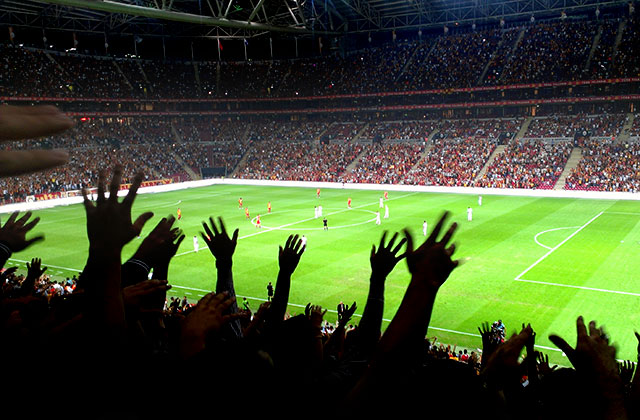MOTHER HEN
It hardly seems possible that 10 years have elapsed since the night a mate and I went along to Selhurst Park to see Crystal Palace take on Manchester United. Can it really be possible that two World Cups and two European Championships - not to mention three general elections and six managers of Manchester City - have been and gone since the evening of Jan 25, 1995? An evening which, as we set out across south London, promised not much more than a potential three points but turned out to offer more unexpected, unscripted, untouchable drama than an entire decade's worth of EastEnders.
As the plot of that night unfolded there did not appear much to see of its central character, Eric Cantona. He was anonymous in the first half. He looked snappy, grumpy, unhappy with a bumpy pitch; frustrated at being marked efficiently by Palace's Richard Shaw.
Early in the second half he took a swing at Shaw, which was missed by the referee but spotted by almost everyone in the ground. The Palace fans barely had time to yell their grievance when he gave Shaw a retaliatory kick for some perceived slight.
This time the referee didn't miss it; this was the fifth time in United's myriad colours that Cantona had been sent off. And judging by the reaction of Alex Ferguson, who refused to look the player in the eye as he wandered over to the bench to seek consolation, it was going to be the last.
This time the referee didn't miss it; this was the fifth time in United's myriad colours that Cantona had been sent off. And judging by the reaction of Alex Ferguson, who refused to look the player in the eye as he wandered over to the bench to seek consolation, it was going to be the last.
From the away fans' section, up in the top left of Selhurst's Arthur Wait Stand, we had a clear view, straight across the pitch, of what happened next. Cantona had an innate sense of theatre which ensured even his mightiest indiscretion was conducted in a place that afforded his audience perfect sight lines. There it all was, a 20-second saga: Cantona, swanking back to the dressing room, head held high; a man in a leather jacket scurrying down the steps of the main stand, gesticulating in his direction; Cantona stopping, brushing away the United official accompanying him and then turning back.
In the curry house afterwards, my mate and I concluded what we had seen might be a big story. We weren't wrong. In 1995 the football boom was in full bloom. Sky TV were endlessly promoting themselves as purveyors of the biggest drama around. Their News International stablemate, The Sun, had found the perfect villain. The front page headline was: "I'll never forget his evil eyes". Below it was a panel: "Shame of Cantona; Full story pages 2, 3, 4, 5, 6, 22, 43, 44, 45, 46, 47 & 48."
Ten years on, we now realise the Cantona episode was of no wider consequence than the mystery of who shot JR. Players still behave like spoilt brats and fans still believe that paying for their ticket entitles them to hurl insults. Though now that Cantona has gone, these days the biggest danger they face is from El-Hadji Diouf's spittle or being stared at by Wayne Rooney.
In fact, the only thing that night did change was Cantona. Brooding over his nine-month ban, he grew to realise that there was no point believing himself to be a player who made a difference if he spent most of his time in the stands. On his return that September, he took it upon himself to be mother hen to the Beckham generation. From then until his retirement, in May 1997, Cantona was not once booked.
His behaviour was as exemplary as his football was coruscating, the inverse of his former self-assessment that he could only play if fire burned in his belly. It was also, as an embodiment of the application of self-discipline, an example to the likes of Craig Bellamy, Jermaine Pennant and, indeed, Rooney: if the pantomime villain could change so totally without it affecting his play, there is no reason why the seven dwarfs cannot follow suit.
